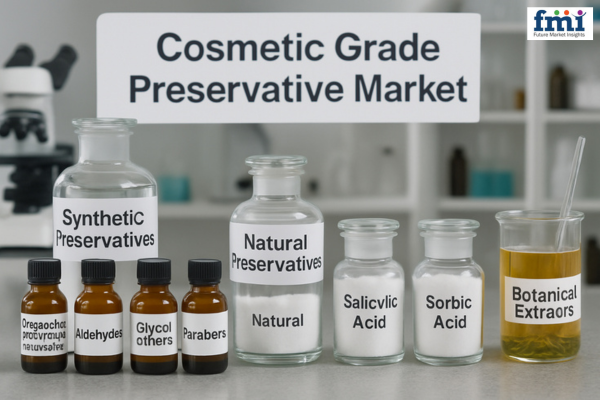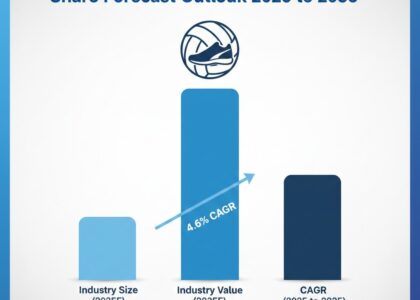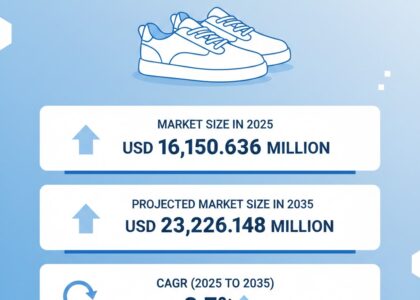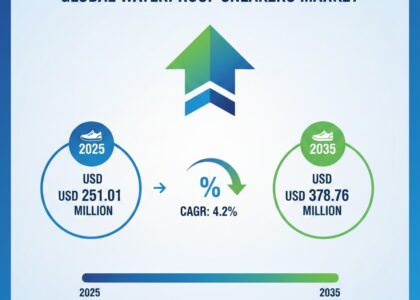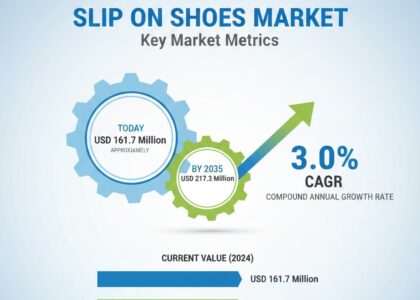Behind the surge in minimalist packaging, vegan labels, and plant-based marketing lies one ingredient no one really wants to talk about: cosmetic-grade preservatives. These aren’t just minor additives — they’re essential to keeping your favorite products safe and shelf-stable. But as the demand for “clean beauty” explodes, the truth about what’s inside those serums and creams is being quietly buried.
According to Future Market Insights, the cosmetic grade preservative market is projected to reach USD 1246.27 Million by 2035, growing at a steady CAGR of 5.5%. That’s not a side story — it’s the heart of a global shift in what we expect from personal care. But the beauty industry is still dancing around the deeper issue: trust.
The global cosmetics industry, valued in the trillions, relies heavily on preservatives to ensure product integrity over time. Cosmetic grade preservatives play a vital role in maintaining shelf life, particularly in moisture-rich formulations like shampoos, creams, lotions, and makeup. Without these chemical or natural agents, products become highly susceptible to microbial contamination, resulting in unsafe or ineffective applications. With rising concerns about safety, regulations, and transparency, manufacturers are now balancing efficacy with clean-label demands, sparking a wave of innovation in preservative chemistry.
Gain Early Access to Market Insights – Request a Sample: https://www.futuremarketinsights.com/reports/sample/rep-gb-19344
𝐊𝐞𝐲 𝐓𝐚𝐤𝐞𝐚𝐰𝐚𝐲𝐬
- Market Size Projection: USD 1,246.27 million by 2035
- CAGR: 6.5% from 2025 to 2035
- Top Growth Region: India with 6.3% CAGR
- Market Drivers: Demand for paraben-free and natural alternatives, regulatory mandates, longer shelf life
- Key Challenge: Balancing safety, efficacy, and natural origin
Preserving Beauty or Polluting It?
Preservatives are not the villain. They prevent bacterial growth. They stop mold. They keep infections out of your lotion and away from your skin. Without them, shelf life would plummet, and health risks would rise.
But here’s the problem: for decades, the cosmetic industry relied heavily on chemicals that consumers never truly consented to. Many of those preservatives were cheap, easy to formulate with, and poorly understood. Some are still used today — under different names, in smaller doses, hidden behind obscure INCI labels.
Even as the market shifts, the reformulation isn’t as radical as brands claim. And that’s the real issue. It’s not the presence of preservatives. It’s the persistent absence of transparency.
“Clean Beauty” Has Become a Buzzword — Not a Standard
As the market grows, so does the marketing spin. Clean beauty has become the industry’s favorite phrase. But ask ten brands what it means, and you’ll get ten different answers.
The truth? Many so-called clean products still rely on synthetic preservatives. Some natural alternatives aren’t even that effective. And in the rush to replace parabens or phenoxyethanol, companies often substitute one questionable compound for another with less baggage — but not necessarily less risk.
FMI highlights the growing demand for alternatives, and yes, the innovation pipeline is moving. Slowly. But without strong regulation or unified standards, the consumer is left to decode complex ingredient lists — or just trust the branding.
That’s not good enough.
Global Sales Are Up, But So Are the Stakes
This isn’t just a trend. It’s a turning point.
Cosmetic preservatives are under a microscope. Not just for safety, but for sustainability. Because every time we rinse our face, those ingredients don’t vanish — they enter the environment. They accumulate. They disrupt.
FMI data signals robust growth across Asia Pacific, Europe, and North America — proof that consumers worldwide are demanding longer-lasting, safer, and more eco-conscious products. But scale without accountability just creates bigger problems. We can’t solve toxicity with volume.
Time for the Industry to Get Honest
The beauty industry has spent decades hiding behind half-truths and technical jargon. That era is ending.
FMI’s market forecast makes it clear: cosmetic-grade preservatives aren’t going away. Nor should they. They are essential. But what must change is how they’re developed, how they’re tested, and how honestly they’re disclosed.
Consumers are no longer passive. They want transparency, science, and products that align with their values. They want to know that what they put on their skin won’t harm them — or the planet.
Stay Ahead with the Complete Market Analysis – Download Full Report: https://www.futuremarketinsights.com/reports/cosmetic-grade-preservative-market
𝐂𝐨𝐦𝐩𝐞𝐭𝐢𝐭𝐢𝐨𝐧 𝐎𝐮𝐭𝐥𝐨𝐨𝐤
The market remains competitive but fragmented, with a mix of multinational chemical corporations and niche bio-based preservative companies. Key players are investing in patent portfolios, clinical studies, and global distribution channels. As regulatory scrutiny tightens, companies with flexible manufacturing, rapid reformulation capabilities, and sustainability credentials are expected to outperform.
Leading Manufacturers
- BASF SE
- Ashland Inc.
- Lonza Group Ltd.
- Akemi Fine Chemicals
- DOW Chemical Company
- Symrise AG
- Chemipol
- Brenntag AG
- Salicylates & Chemicals Pvt.
- Ltd Clariant


